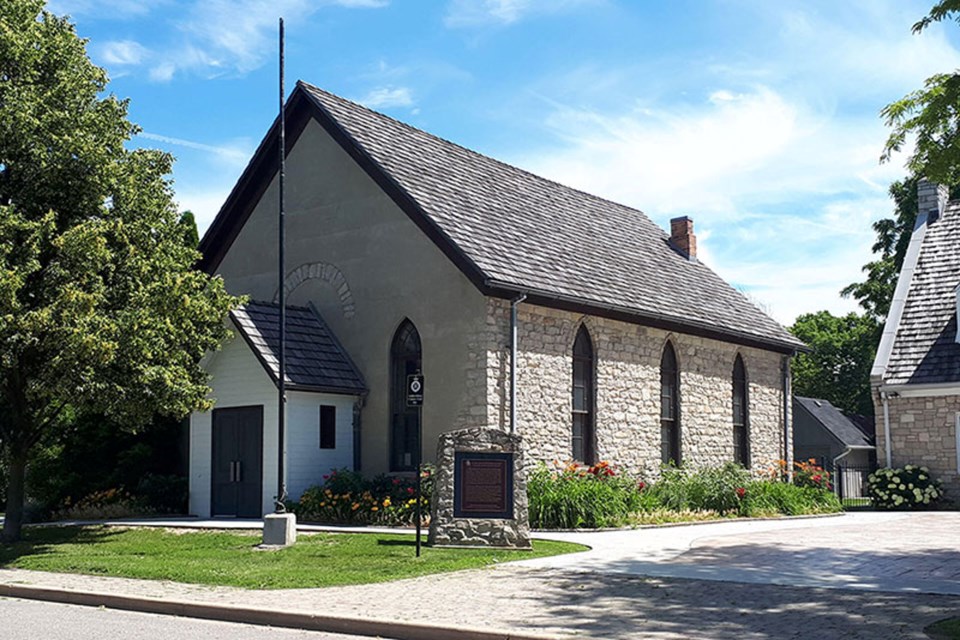This is part three of a six-part series on Ontario historic sites written by Terry Fegarty, of the Tay Heritage Committee and Community Heritage Ontario, with editing assistance by Heritage Grey Highlands member Nancy Matthews for Black History Month.
The annual Black History Month campaign reminds all Canadians that our early Black history is an important legacy that continues to be seen and felt in many Ontario communities.
The earliest refugees from slavery in the United States quite understandably settled close to their crossing point into Ontario. For obvious reasons, this was normally via the Great Lakes, most conveniently using the connecting rivers such as the Detroit River to Windsor and Amherstburg, and the Niagara River to St. Catharines.
The churches these immigrants built were a known refuge, but also served as a centre for Black resistance and advocacy for abolition of slavery.
The denomination of Black churches was usually either Southern Baptist or African Methodist Episcopal, a denomination that had been founded in Philadelphia in 1816 to serve as refuge for those experiencing discrimination.
Amherstburg Baptist, Sandwich First Baptist (Windsor) and the Salem Chapel (St. Catharines) are typical of the churches along the Ontario-U.S. border that served a community of Black refugees who had arrived via the Underground Railroad.
Other members of the congregations were previously freed African Americans who had emigrated to escape rampant racism, harassment, oppressive laws and codes, as well as the fear of being kidnapped and subsequently enslaved to the south.
These churches played a vital role in the Black communities as their sanctuary, their musical auditorium, and their spiritual, political, and social arenas. Upon arrival, the refugees were provided an interim resting place until permanent housing could be found.
The churches also operated as schools to educate illiterate Blacks, and to teach them the everyday living and social skills they would need in a free society. Often under the leadership of an escaped slave and/or abolitionist, the churches supported the development of local Black communities and provided rare leadership roles for African Canadians.
The congregation usually built the church by hand. Most often, timber-frame construction was covered with wood siding, although Sandwich used brick. Construction materials were locally sourced and/or crafted.
The simple, well-finished interiors had wooden floors and a wooden ceiling. The interior was an open concept auditory hall, so that the entire congregation could see and hear the preacher as well as enjoy the music and singing. Other common architectural elements include a rectangular floor plan, pointed Gothic-style windows and a simple gable roof.
The Nazrey African Methodist Episcopal Church in Amherstburg is similar in design and layout to the others but is somewhat unusual being clad in stone. The church is part of the Amherstburg Freedom Museum complex, which also includes a main museum building with extensive artifacts and displays, and the George Taylor Log Cabin.
Like other Black churches on the Canadian side of the border, the Sandwich Baptist Church in Windsor was heavily involved in activism against slavery. Local history recounts that refugees used the Sandwich Church as a hiding place to evade slave catchers from Michigan.
There is little concrete evidence of the latter, which is not unexpected due to the secretive nature of the work. However, architectural features such as many crawlspaces and a former trap door leading to the basement lend credence to this verbal history.



